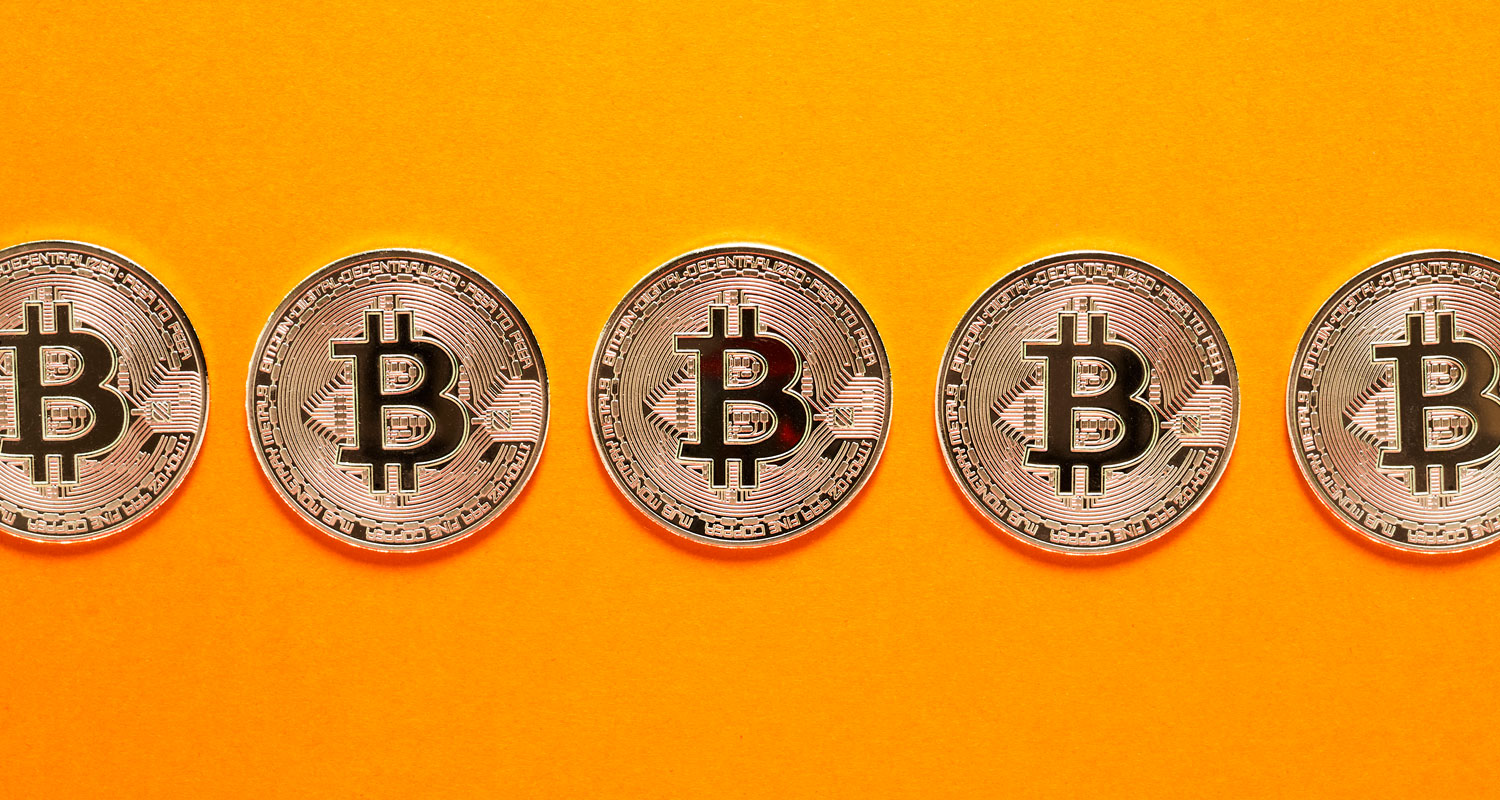 When bitcoin development company Lightning Labs first launched the Lightning Network in 2018, it was all the rage. The protocol, built on top of the bitcoin blockchain, was designed to make cryptocurrency transactions faster and cheaper.
When bitcoin development company Lightning Labs first launched the Lightning Network in 2018, it was all the rage. The protocol, built on top of the bitcoin blockchain, was designed to make cryptocurrency transactions faster and cheaper.
At the time, Lightning Labs had raised US$2.5-million of seed financing from investors including Twitter’s Jack Dorsey and PayPal’s David Sacks, who dubbed it “the most important protocol being built on bitcoin”.
But soon after launching, murmurs of failed transactions on the Lightning Network began popping up on X, and suddenly, the next big thing for bitcoin seemed anything but. Users reported liquidity issues and security vulnerabilities, creating a perception that the Lightning Network was an over-complicated and unreliable protocol.
As the volume of activity on bitcoin increases, transactions can become slower and costlier. The reason bitcoin transactions take a while to process is the underlying technology, which ensures decentralisation and security by recording each transaction on an encrypted chain.
The demand for so-called layer-2 scaling solutions like Lightning Network has only grown, but those for bitcoin in particular, have struggled with capital constraints. About 99% of venture capital investments over the past few years flowed into other crypto products, not bitcoin, according to a 2022 report by Trammell Venture Partners. Since its inception, Lightning Labs has raised $82.5-million in funding compared with one of ethereum’s leading layer-2 solutions, Polygon, which brought around $450-million in its latest funding round.
“When the bitcoin scaling wars were happening from 2015 to 2017, it was decided that Lightning Network was going to be the layered approach that bitcoin would pursue,” Nic Carter, a partner at Castle Island Ventures, said in an interview. “But bitcoin itself is a very difficult protocol to change. And whenever there has been change, it’s been highly contentious.”
Origins
The protocol was first proposed by Thaddeus Dryja and Joseph Poon in 2015 as a solution to bitcoin’s scaling limitations. While traditional digital payment companies like Visa can process around 24 000 transactions per second, bitcoin can only process seven. Lightning Network seemed to be on the path to change that.
“Historically bitcoin has not been the place where venture capitalists tend to be focused,” Carter said. “The bitcoin space is very ideological, and a lot of bitcoiners have a negative view of venture capital.”
Earlier this year, two of the largest crypto exchanges, Binance and Coinbase, announced their integration with the Lightning Network, joining companies like Lightspark, a crypto start-up that works on bitcoin’s Lightning Network, and digital payments firm Strike.
Read: Luno, VALR bitcoin wallets now accepted at Pick n Pay
Although Coinbase was eyeing the Lightning Network “for a long time”, the technology only recently reached a place the exchange company felt “a lot better about”, Viktor Bunin, who leads the Protocol Operations team at Coinbase, said in a recent interview on the Galaxy Brains podcast.
“For many years Lighting has been quite challenging to use and run,” Bunin continued. “The non-custodial experience is still severely lacking relative to the custodial experience.”
 But, as a company that is “unequivocally pro-bitcoin”, Bunin adds, the Lightning Network’s eventual integration only made sense for Coinbase.
But, as a company that is “unequivocally pro-bitcoin”, Bunin adds, the Lightning Network’s eventual integration only made sense for Coinbase.
Lightning Labs and Binance did not respond to a request for comment. Coinbase declined to comment.
Last year, Lightning Labs announced the creation of Taproot Assets, formerly known as Taro, a protocol that allows users to instantly transfer other digital currencies, like stablecoin and nonfungible tokens, on the bitcoin blockchain.
Christopher Calicott, MD of Trammell Venture Partners, said Taproot Assets is an integral step to Lightning Network’s development, as wider adoption is one of the primary obstacles the layer-2 solution faces. A 2022 report by Arcane Research said that more than 80 million people have access to the Lightning Network.
Read: Ferrari to accept crypto as payment for its cars
While the Lightning Network theoretically has the capability to support a million transactions per second, its ability to reach that potential is dependent on its wide-scale usability. And as a peer-to-peer network, it’s difficult to gage how many transactions are happening at any given point, according to Graham Krizek, the founder and CEO of Voltage, a Lightning-as-a-service provider.
“You’d have to ask everyone that’s using the Lightning Network how many transactions they are doing, how frequently, all of those things to really calculate it,” Krizek said.
His company, Voltage, was established in 2020 after he found the Lightning Network difficult to understand and use, even as a developer. But compared to the Lightning Network’s early days, Krizek said he’s optimistic about its future.
“Now there’s a whole ecosystem, where you can use Lightning for not only depositing and withdrawing from Binance, but also in social networks or even traditional finance,” Krizek said. “There are a lot of more applications to it now and will continue to be, particularly in backend systems.”
Some, like Carter, remain sceptical of the layer-2 solution’s ability to transform even bitcoin.
“There’s a very high mental cost involved in learning to use the Lightning protocol yourself,” Carter said. “But as a different payment technology for digitally native content, I think that’s where it’ll find its niche.” — Teresa Xie, (c) 2023 Bloomberg LP




